This episode summarizes the main themes and important ideas presented in the provided sources regarding Byung-Chul Han's book, "Non-things: Upheaval in the Lifeworld."
The book critiques the contemporary hyper-digitalized society, arguing that the increasing dominance of "non-things" (information, data, digital entities) over tangible "things" is fundamentally altering our experience of the world and diminishing essential aspects of human existence, such as community, knowledge, memory, and the ability to care. Han calls for a "re-romanticization" and "re-materialization" of our relationship with the world.
The Rise of "Non-things" and the Infosphere
Han argues that our world is increasingly dominated by "non-things" – information and digital entities – which are displacing tangible "things." As the Shanghai Literary Review notes, "The material world is slowly fading away as humans transition to the ghostly space of the infosphere. Composed of hyper information and digitization, the infosphere circumscribes our experience of the world and diminishes our humanity."
The Interni Magazine excerpt elaborates: "The continuous, chaotic, disturbing flow of information and data generates non-things, which distract from and things, those tangible, by their power, by their magic."
The speaker in "Why Art Matters" quotes Han directly: "'Non things are currently entering our environment from all directions and they are pushing away things these non things are called information information rather than things determines the life world of today.'"
We now "dwell on Google Earth in the cloud" rather than on the physical earth, making the world increasingly intangible ("Why Art Matters").
Erosion of Human Experience and "Dasein"
Drawing on Heidegger's concept of Dasein (being-in-the-world through handling things), Han contends that the infosphere creates "handless 'inforgs,' 'infomaniacs,' and 'datasexuals' unmoored from the world" (Shanghai Literary Review). The future human exists in a "disembodied and impoverished space."
According to the Shanghai Literary Review, this shift deprives humans of "freedom, agency, silence, community, knowledge, care, and history."
The Interni Magazine highlights the sense of "uncertainty" arising because "things are fixed points - anchors, handles - of the existence," whereas "non-things are taking over the real."
The Nature and Impact of Information
Han critiques our obsession with information and data, leading to "infomania." As stated in Interni Magazine, "“We run after information without arriving at any knowledge.”"
Information is "additive" rather than "narrative," unlike human memory (Interni Magazine). "“Computer memory is additive, ours is always narrative”," emphasizing that narratives generate meaning and coherence.
The constant flow of information creates a "post-factual society" where the distinction between truth and falsehood blurs, and "efficacy replaces truth" (Interni Magazine). "“The information chaos throws us into a post-factual society that planes the differentiations between true and false. The efficacy replaces truth.”"
The Decline of Community and the Rise of Self-Exhibition
Digital hypercommunication and (dis)connection paradoxically deepen isolation, depression, and loneliness (Shanghai Literary Review).
Inforgs become trapped in "a continuous play of self-exhibition, self-referentiality, and self-fashioning" in the "hell of the same" where the Other disappears (Shanghai Literary Review).
The speaker in "Why Art Matters" emphasizes that "the total commercialization and commodification of culture leads to the destruction of community." Digital platforms offer a "commodified form of community" where connection is transactional rather than selfless.
The Transformation of Objects and Possession
"Non-things" like smartphones become "informatons" that surveil and control, exploiting our data (Shanghai Literary Review).
The Interni Magazine notes that the smartphone is a "“narcissistic and autistic object thanks to which one perceives oneself above all”," fostering hypersocial bubbles and social solitude.
"Why Art Matters" contrasts our relationship with electronic gadgets (easily traded and not deeply meaningful) with possessions like books and art that are "vessels filled with emotions, memories, and Recollections." "“For a thing to be a possession I must have an intense relationship with it. You do not possess an electronic Gadget.”"
The Impact on Thinking, Knowledge, and Care
Han warns that human thinking may adapt to AI, becoming mechanical and losing the "idiocy of philosophy" – the ability to create new idioms and traverse "untrodden paths" (Shanghai Literary Review).
Meaningful knowledge is gained through lingering and listening, not just accumulating information. The "inforg" merely accumulates data without knowledge (Shanghai Literary Review).
Non-things, like AI, offer a smooth presence that diminishes our ability to care for the future, stripping away struggle, resistance, and "future's contingencies" (Shanghai Literary Review).
The Role and Value of Tangible Things and Art
Tangible things, especially those used over time, acquire history, emotions, and become "things close to the heart" (Shanghai Literary Review). "“The history that things acquire in the course of being used for a long time gives them souls and turns them into things close to the heart.”"
Art, in its physical form, stands in contrast to the fleeting nature of digital information. As the speaker in "Why Art Matters" argues, "the beauty of real art is always going to win against the coldness of information and digital art."
Artworks resist easy consumption and possess multiple interpretations, unlike the direct and often fleeting meaning of digital content ("Why Art Matters"). "“Artworks are things we can read a poem for its meaning but the poem is not exhausted by that meaning.”"
Tangible things, like the jukebox described in Interni Magazine and "Why Art Matters," can act as "gravitational center[s] that gathers and connotes everything around it, making it a place." They can also serve as "interlocutor[s]," enriching our lives and preventing us from solely falling back on our ego. "“To be happy we need an interlocutor soaring that imposes itself on us.”"
Physical objects can transport us to different times and places, fostering memory and connection to history ("Why Art Matters"). "“When we lose things we are at the same time losing places.”"
The Call for Re-engagement with the Tangible World
Han's work is presented as an "aesthetic call to 're-romanticize' and 're-materialize' our relationship to the world" (Shanghai Literary Review).
Interni Magazine suggests the solution is to "To linger: that contemplative gaze, without ulterior motives, at silent, inconspicuous, ordinary things. And to listen to us and to others."
The speaker in "Why Art Matters" encourages artists and creatives to continue making physical things, as they hold unique value in a world increasingly dominated by the intangible.
Conclusion
The provided sources collectively illustrate Byung-Chul Han's critical perspective on the digital transformation of our lifeworld. His analysis highlights the potential loss of fundamental human capacities and experiences as we become increasingly enmeshed in the infosphere of "non-things." The sources emphasize Han's call to resist this trend by consciously re-engaging with the tangible world, valuing physical objects, fostering genuine community, and recognizing the enduring significance of art and other forms of material culture in grounding and enriching human existence.


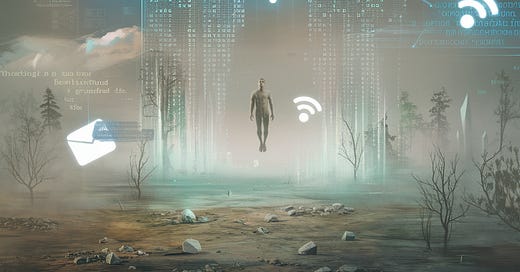
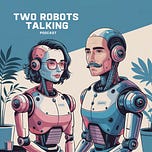
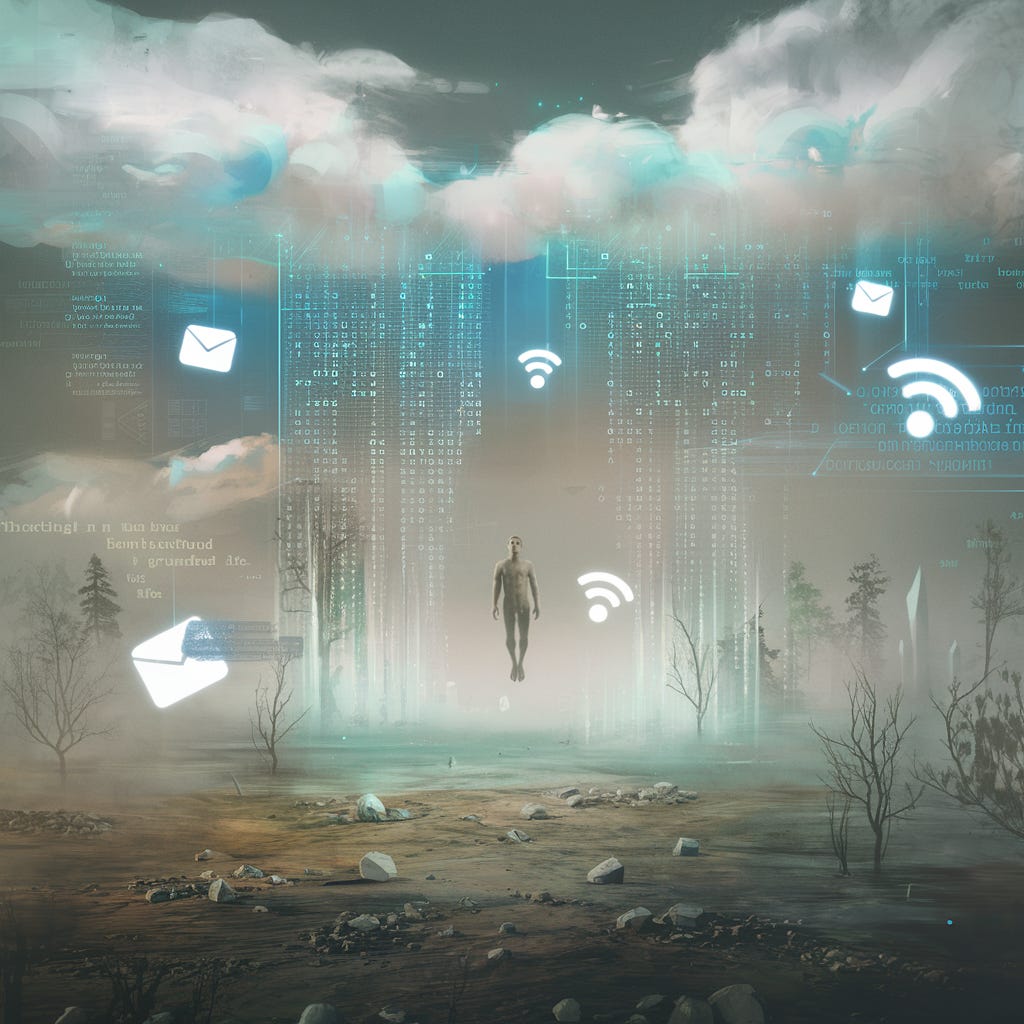



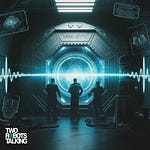

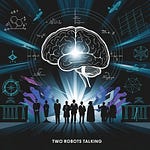

Share this post